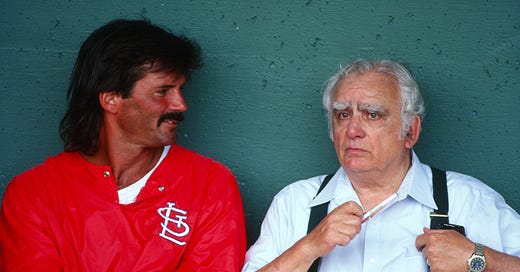It’s all happening: Opening Day is April 7.
I could go into all the details of how things finally settled, how the players’ executive committee voted unanimously against the deal (??), how four high-profile teams (the Mets, Yankees, Cardinals and Astros) voted against the deal (??), how the two sides essentially met in the middle on everything, which is …



